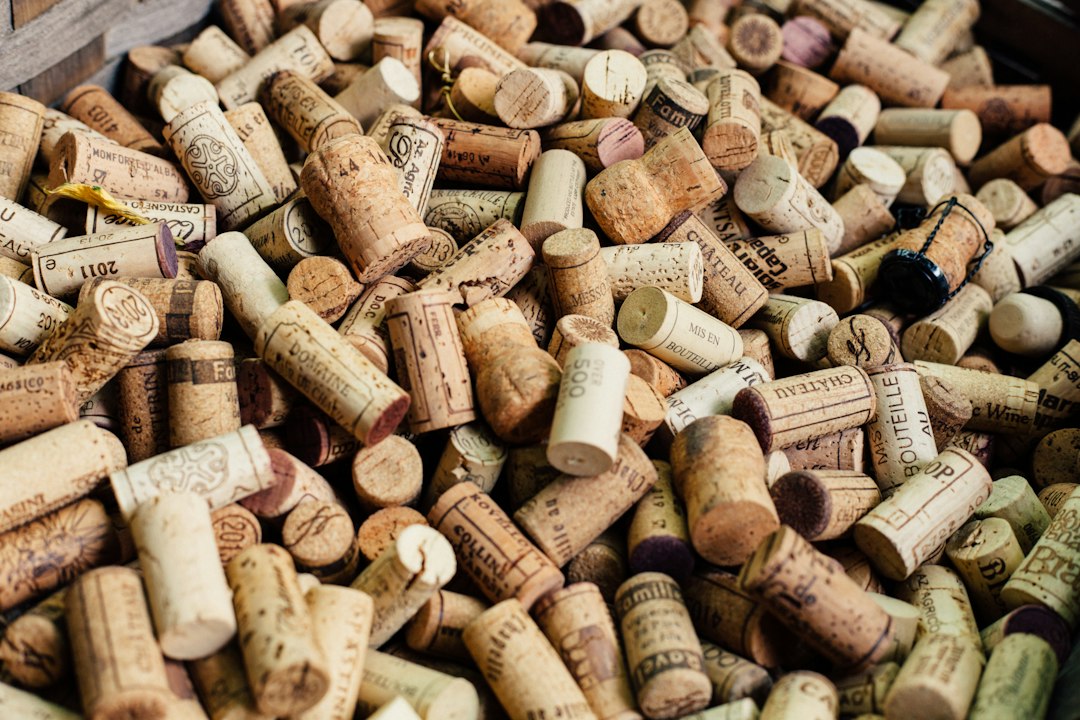
The Art of Blending Aged Wines
Share
Wine, an elixir of complexity and nuance, has been a symbol of culture and sophistication for centuries. The art of blending aged wines is a testament to the skill and patience required to craft beverages that tell a story of time and terroir. This comprehensive guide will delve into the secrets behind aging wines to enhance flavor, exploring the intricacies of wine aging processes and techniques. Whether you're a seasoned oenophile or a curious novice, understanding the delicate dance of time and taste is essential to appreciating the full potential of a well-aged wine.
Understanding the Basics of Wine Aging
Aging wine is a practice as old as winemaking itself. It involves allowing wine to mature in a controlled environment to improve its quality over time. The aging process can soften tannins, integrate flavors, and add complexity to the wine's profile. However, not all wines are meant to age. Most wines are produced to be consumed within a few years of bottling, but some, particularly those with higher tannin levels or acidity, can benefit from extended aging.
The Role of Tannins in Aging
Tannins, naturally occurring compounds found in grape skins, seeds, and stems, play a crucial role in the aging process. They act as preservatives, allowing red wines to age gracefully. Over time, tannins polymerize, creating longer chains that result in a smoother mouthfeel and less astringency. This transformation is one of the key factors that make aged wines so sought after.
Acidity and Its Impact
Acidity is another important component in the aging process. Wines with higher acidity levels have a greater potential for aging because the acid acts as a buffer against spoilage and helps maintain the wine's freshness over time. Acidity can also contribute to the development of complex flavors as the wine matures.
The Influence of Oak on Aged Wines
Oak barrels have been synonymous with wine aging for centuries. They contribute to the wine's flavor profile, imparting notes of vanilla, spice, and toast. The interaction between the wine and the oak during the aging process can significantly alter the wine's character.
Choosing the Right Oak
The type of oak used for aging can affect the wine's final taste. French oak tends to impart more subtle flavors, while American oak is known for its stronger, more pronounced vanilla and coconut notes. The grain of the wood, the level of toast, and the age of the barrel are other factors that influence the wine's development.
The Duration of Oak Aging
The length of time wine spends in oak is a critical decision for winemakers. Too little time may not allow for the desired oak influence, while too much can overwhelm the wine's inherent qualities. Finding the right balance is essential for creating a harmonious blend.
Deciphering the Effects of Bottle Aging
Once a wine has been aged in oak and bottled, the aging process continues, albeit at a slower pace. Bottle aging allows for the development of tertiary aromas and flavors that are not possible through oak aging alone.
The Evolution of Flavors
During bottle aging, wines evolve to express a range of complex flavors. Fruit flavors can transform into dried fruit notes, and secondary flavors such as tobacco, leather, and earth can emerge. This evolution contributes to the unique character of aged wines.
The Importance of Storage Conditions
Proper storage conditions are vital for successful bottle aging. Consistent temperature, humidity, and darkness are key factors in preserving the wine's quality. Fluctuations in these conditions can accelerate aging and potentially spoil the wine.
The Art of Blending Aged Wines
Blending is a crucial step in winemaking, allowing winemakers to craft a wine that is greater than the sum of its parts. When it comes to aged wines, blending can balance the components and create a more complex and harmonious final product.
The Goals of Blending
The primary goal of blending is to achieve a consistent style and quality from year to year. Winemakers may blend different grape varieties, vineyard plots, or vintages to round out the wine's profile and fill in any gaps in flavor or structure.
Mastering the Blend
The process of blending aged wines requires a keen palate and an understanding of how each component will contribute to the blend. It often involves trial and error, with winemakers making small adjustments until the desired balance is achieved. The final blend should highlight the best attributes of each component while maintaining the wine's identity.
The Role of Vintage Variation
Vintage variation is a natural part of winemaking, with each year bringing its own set of challenges and triumphs. Understanding how different vintages can affect the aging and blending process is crucial for winemakers.
Adapting to Vintage Conditions
Winemakers must adapt their techniques to the conditions of each vintage. A cooler year may produce wines with higher acidity, while a warmer year might result in riper, more tannic wines. These variations can influence the aging potential and blending decisions.
Blending Across Vintages
Blending wines from different vintages, known as non-vintage blending, is a common practice in regions with significant vintage variation. This technique allows winemakers to maintain a consistent house style and mitigate the effects of challenging vintages.
The Future of Wine Aging
Advancements in technology and a deeper understanding of the aging process are shaping the future of aged wines. Winemakers are experimenting with new techniques and materials to refine the aging and blending process.
Innovations in Aging
From alternative aging vessels to controlled micro-oxygenation, winemakers are exploring ways to enhance the aging process. These innovations aim to improve consistency and quality while reducing the risks associated with traditional aging methods.
The Impact of Climate Change
Climate change is a growing concern for the wine industry, with shifting weather patterns affecting grape ripening and vintage characteristics. Winemakers are adapting their aging and blending techniques to account for these changes, ensuring the continued production of high-quality aged wines.
Crafting Your Own Aged Wine Experience
For wine enthusiasts interested in exploring aged wines, there are several ways to create your own tasting experience at home. Building a collection of aged wines can be a rewarding journey, offering insight into the transformative power of time.
Starting a Wine Cellar
Creating a wine cellar allows you to age wines under optimal conditions. Whether it's a dedicated room or a temperature-controlled wine fridge, having the right environment is key to successful aging.
Tasting and Comparing Aged Wines
Organizing tastings with friends or at a local wine shop can provide an opportunity to compare aged wines and learn about their evolution. Tasting wines from different regions, varieties, and ages can deepen your appreciation for the art of aging and blending.
In conclusion, the art of blending aged wines is a testament to the skill and patience required to unlock the full potential of each bottle. From the role of tannins and acidity to the influence of oak and the intricacies of blending, every aspect of the aging process contributes to the wine's final character. As we continue to learn and innovate, the future of aged wines looks as rich and varied as their past. Whether you are starting your own cellar or simply enjoying a glass of vintage wine, the journey of discovery is one of the greatest pleasures for wine lovers around the world.



